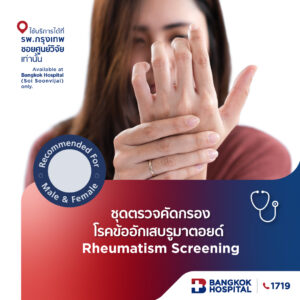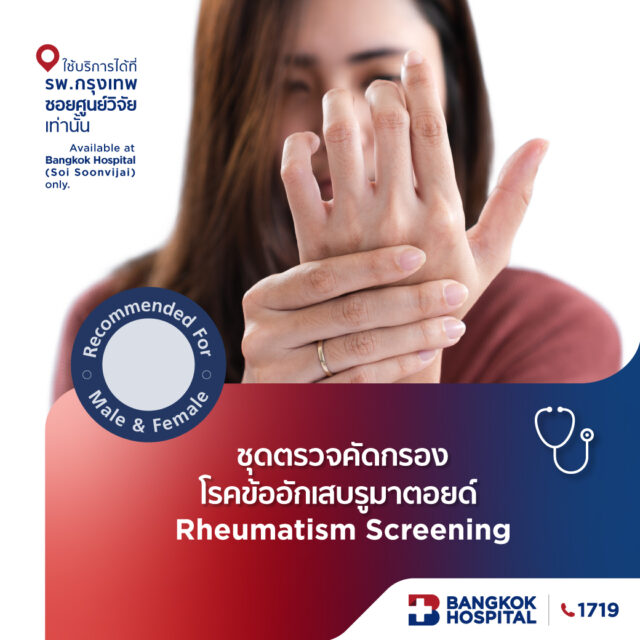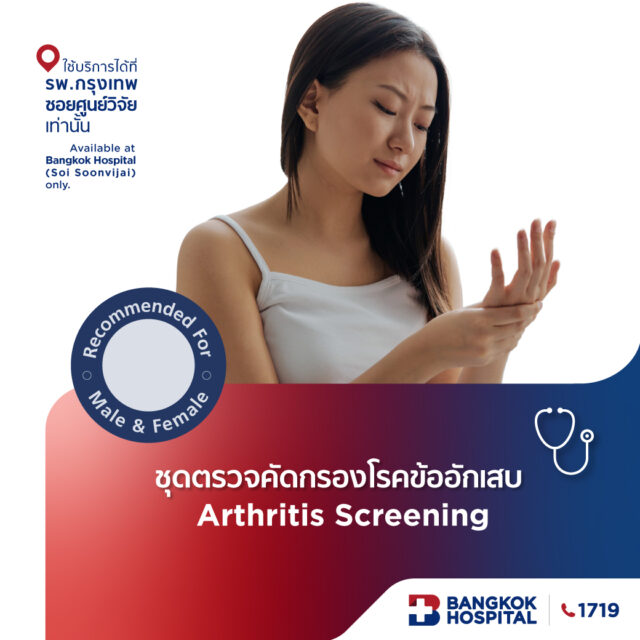Most people overlook aches and pains in their joints: knuckles, toes, ankles, knee and hip joints. They often believe that it is due to aging or injuries from work. The most common remedy is taking pain reliever, and avoiding any activity that may cause such pain. But this is just a temporary relief. As time passes, the pain will become chronic and more severe which may lead to other more serious conditions.
Diseases Caused by Joint Pain
Joint pains may indicate diseases such as gout, rheumatoid arthritis, degenerative joint and systemic lupus erythematosus (SLE). Although they all cause similar aches and pains, there are some differences such as:
1) Gout
Gout causes acute pain and swelling around the joints without any accident or injury. It usually occurs in only one joint and not many at the same time. The most common location for gout is the big toe joint or metatarsophalangeal joint (MTP).
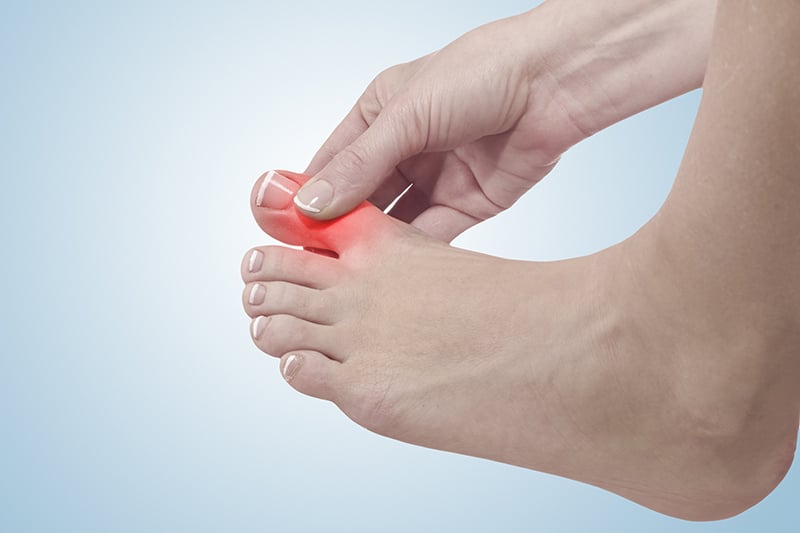
2) Degenerative Joint
During the early stages of degenerative joint, there will be pain while making movements. As the cartilage erodes, it will cause unstable or loose joint, thicker joint due to bone-cartilage overgrowth, and noticeable joint deformity which forces the sufferer to spread the legs wider while walking. Also, muscles around the joint become weaken and very painful as the patient gets up from a sitting position.
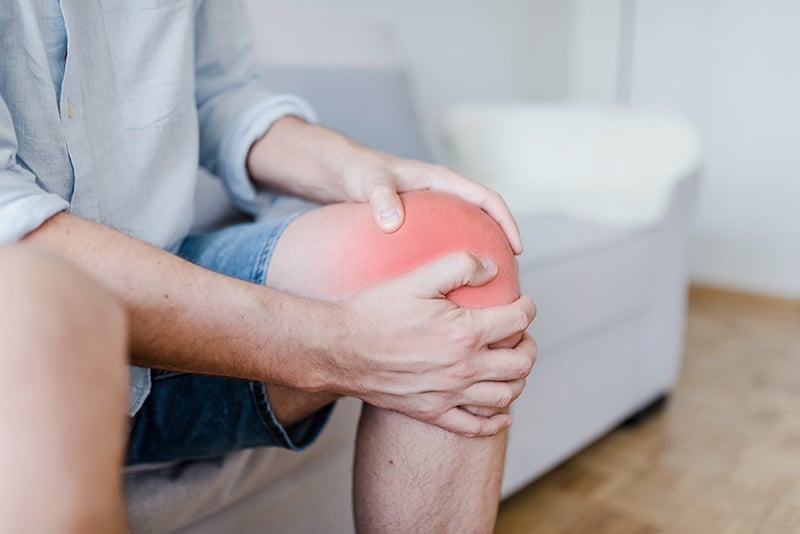
3) Systemic Lupus Erythematosus (SLE)
SLE is a chronic condition which can affect many organs or systems in the body. In some cases, these symptoms occur all at once; but in others, they manifest only in one organ at a time. The prominent conditions are aches and pains in the joints as well as muscles such as knuckle, wrist, knee or ankle. Sometimes there are swelling, redness and warmness similar to the cases of rheumatoid patients. But, here, the condition can be life-threatening.
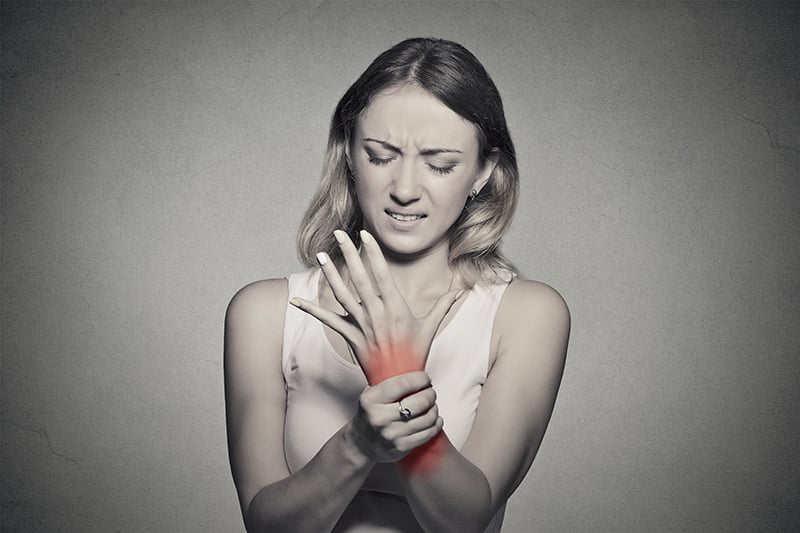
4) Rheumatoid Arthritis
Joint pain from rheumatoid arthritis usually occurs mostly when at wake-up time, and will last for about 1-2 hours or all day. There is also swelling which makes movements more difficult. Wrist and knuckle are the most affected areas, but the pain can occur at any joint of the body. Aside from joint pain, there can be some other symptoms such as fatigue, loss of appetite, low fever, dry eyes, and unusually dry mouth. Also, there may be a lump around the elbow or knuckle.
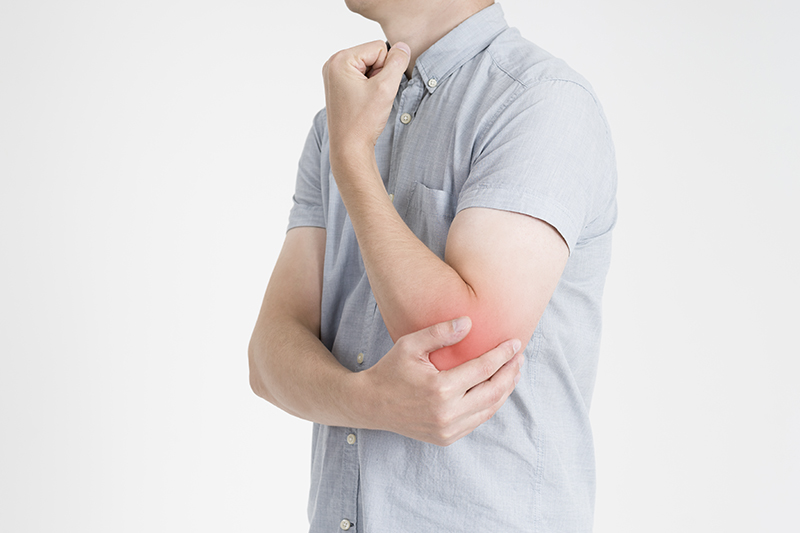
What Causes Rheumatoid Arthritis
It is one of autoimmune disorders. The immune system attacks the tissues and bones around a joint and causes inflammation. In some cases, the result is so severe that it causes deformity as the bone is damaged. However, recent medical advancements have led to better understanding of various variables that cause the inflammation. There are discoveries of new medication that inhibits the inflammation process and reduce erosions of the joints. If the conditions are diagnosed sufficiently early and proper treatment can be quickly administered, damages to the tissues and bones around the joints can be deterred. In Thailand, rheumatoid arthritis is found in about 0.5-1.0% of the population.
How to Diagnose Rheumatoid Arthritis
It may be difficult to diagnose rheumatoid arthritis during its early stages, as the condition progresses slowly. Only an experienced specialist can diagnose from the patient’s symptoms, through physical examination of the affected joint together with a blood test for rheumatoid factors – including anemia, higher Anti CCP IgG and inflammation rates (ESR). There is a correlation between a higher ESR and the number of inflamed joints. In addition, X-ray or MRI will help indicate the severity of the disease from bone and joint erosions. However, for patients who have symptoms for less than 6 months, to diagnose the disease, the specialist will have to rely on physical examinations and laboratory test results.
Treatment for Rheumatoid Arthritis
There are 4 methods as follows:
- Medication. Currently, there are many kinds of drugs to help control and treat rheumatoid arthritis satisfactorily such as disease-modifying anti-rheumatic drugs (DMARDs), biologics and Non-steroidal anti-inflammatory drugs (NSAIDs).
- Rest and Exercise.
- Protect Bones and Joints from Erosion.
- Surgery plays a major role in treating extensive bone and joint damages.
If your body starts to show a sign of aches and pains in the joints, you should seek consultation with a doctor as soon as possible to diagnose your condition before the condition becomes chronic and affects your daily routine.


